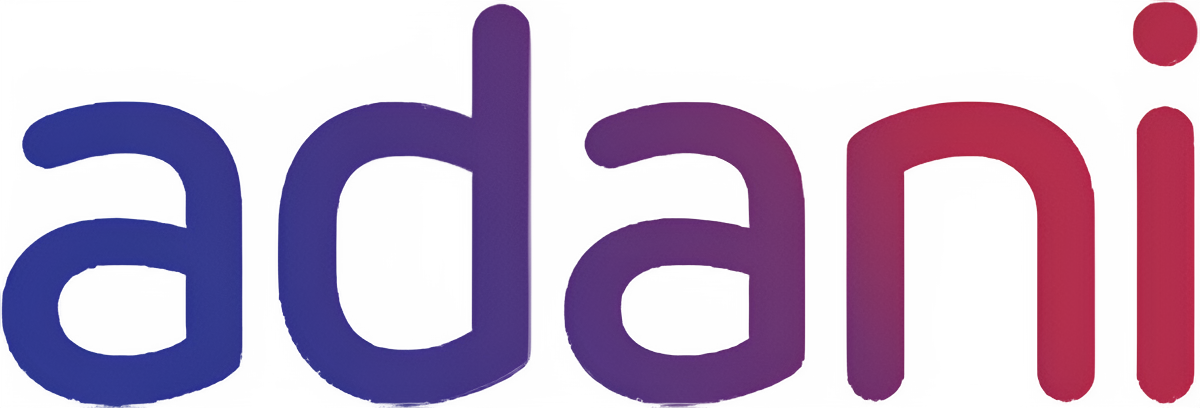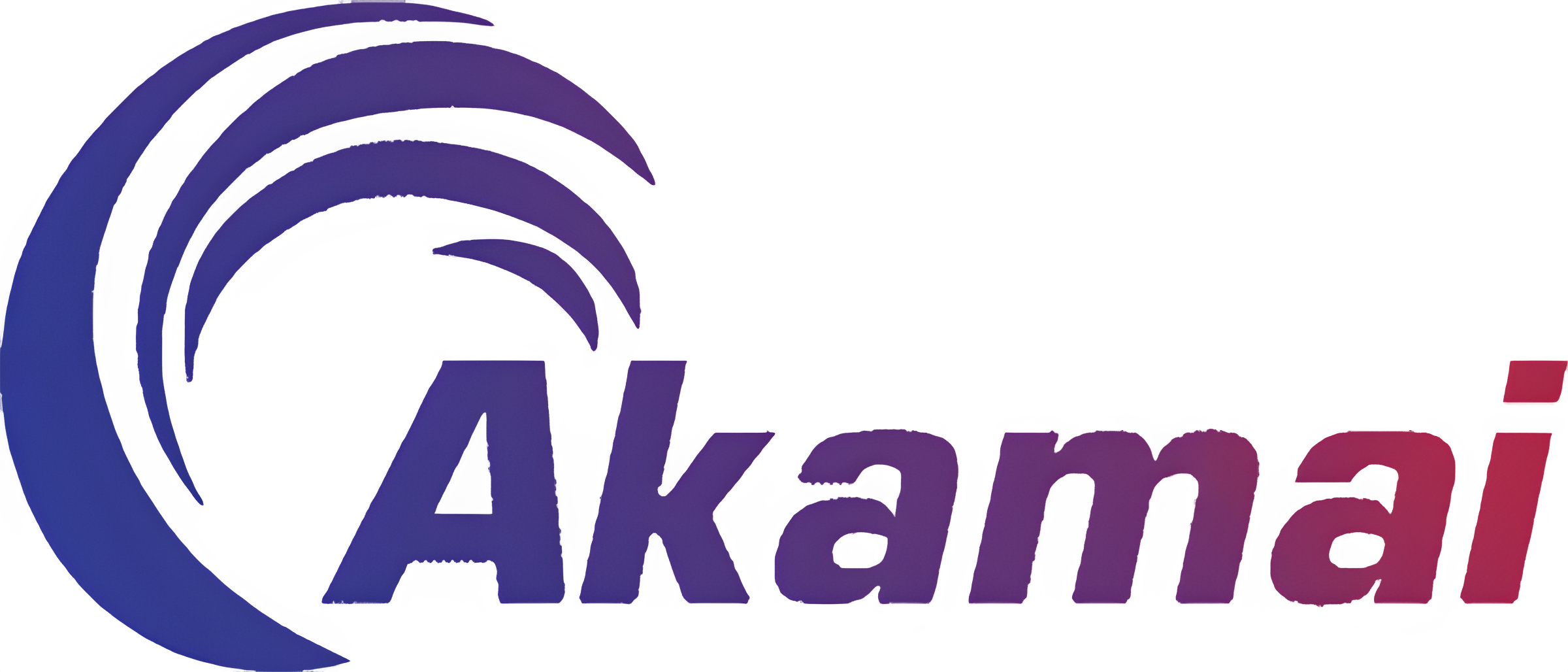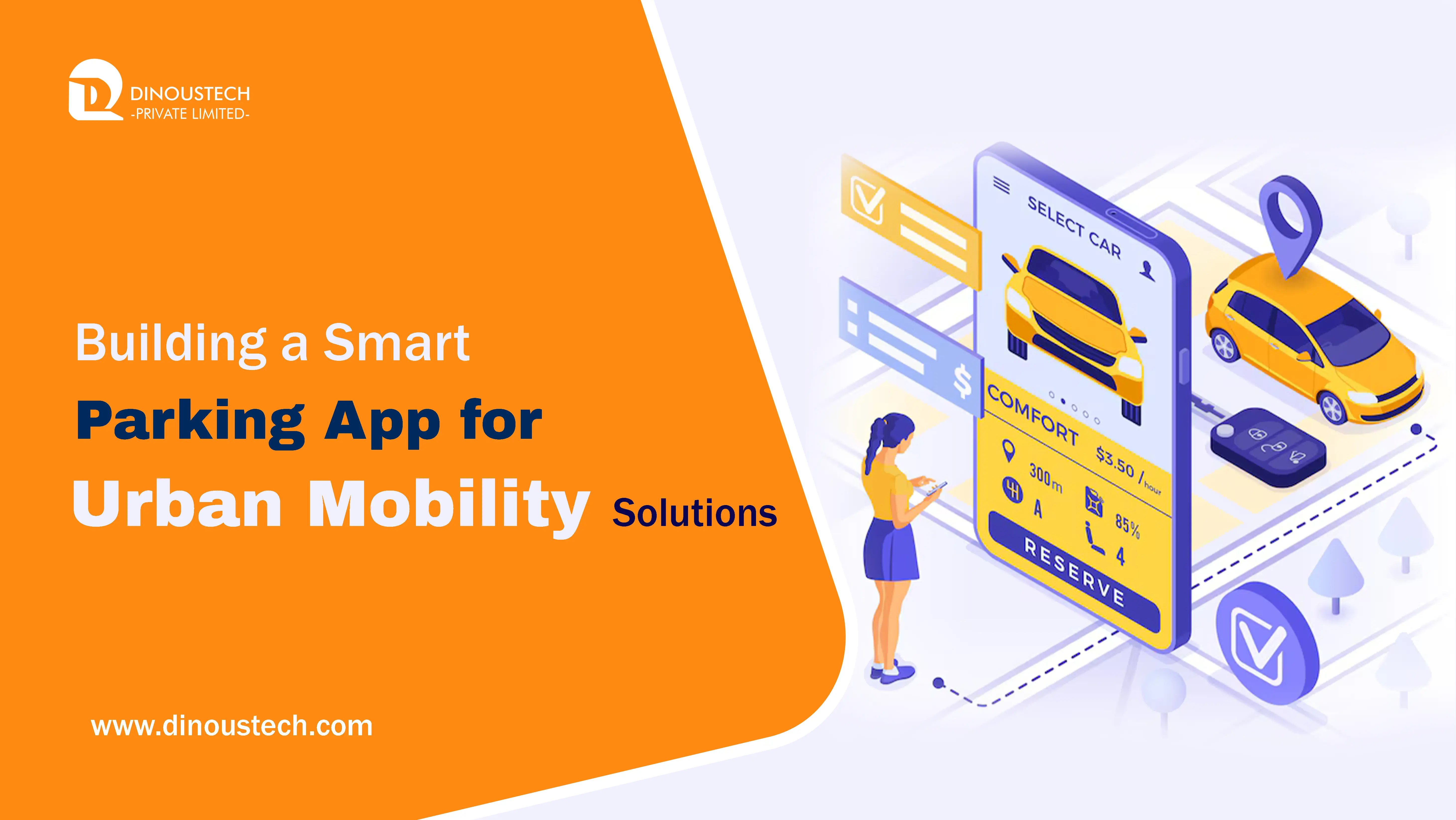Building a Smart Parking App for Urban Mobility Solutions
Building a smart parking app for urban mobility involves integrating cutting edge IoT sensors, predictive analytics, and GIS capabilities to transform parking management into a seamless, sustainable experience. By leveraging low power sensor networks like LoRaWAN, parking spaces become intelligent endpoints that communicate availability in real time. AI driven prediction engines can forecast space availability based on historical data and events an approach pioneered by Pittsburgh’s ParkPGH initiative, which updates availability every 30 seconds and predicts future open spots in downtown garages. GIS integration enriches the user experience by mapping nearby lots and guiding drivers with turn by turn navigation. Embedding secure payment gateways and access controls such as RFID and mobile QR codes streamlines entry and exit processes, while EV charging integration adds value for electrified fleets.
A microservices backend hosted on Kubernetes ensures scalability and fault tolerance, and a robust data privacy framework aligned with GDPR and local regulations preserves user trust. For cities and operators, dashboard analytics provide insights into utilization, dwell times, and revenue, fostering data driven planning. Dinoustech Private Limited’s expertise in urban mobility solutions can guide end to end development, from sensor selection to user centric design and ongoing maintenance.
Rethinking Urban Parking Challenges
Urban drivers often spend an average of 17 minutes searching for parking in congested downtown areas, contributing to traffic, pollution, and frustration. Traditional parking systems, reliant on static signage and manual ticketing, fail to address dynamic demand and lack real time visibility. As cities evolve, there is a pressing need for digital solutions that not only reveal available spaces but also streamline the entire parking journey from reservation to payment to exit. By designing a dedicated smart parking app, municipalities and private operators can reduce search times, improve traffic flow, and enhance the overall urban mobility ecosystem.
👉 Also Read: - Launch a Medicine Delivery App Like 1mg or PharmEasy
Harnessing IoT Sensor Networks
At the heart of any smart parking solution lies the Internet of Things (IoT). Deploying sensors magnetic, ultrasonic, or camera based at each parking bay enables accurate detection of vehicle presence. These sensors transmit occupancy data wirelessly, feeding a central system that aggregates and analyzes real time status. IoT enabled devices communicate over protocols such as LoRaWAN, NB IoT, or Wi Fi, balancing range, power consumption, and deployment cost. For instance, a LoRaWAN based architecture can support thousands of sensors across a city while consuming minimal power, permitting multi year battery life without frequent maintenance.
Communication Protocols and Scalability
Choosing the right communication standard is pivotal. LoRaWAN excels in low bandwidth, long range scenarios, making it ideal for widespread sensor deployments in urban areas. Alternatively, NB IoT, supported by major telecom providers, integrates seamlessly with existing cellular infrastructure for reliable uplink and downlink. As data volumes grow, a message broker such as Kafka or RabbitMQ ingests sensor streams, ensuring asynchronous processing and resilience. Containerizing microservices in Docker and orchestrating with Kubernetes allows the platform to auto scale during peak hours such as morning and evening commutes ensuring users always receive up to date parking information.
AI Driven Predictive Analytics
Beyond real time feeds, advanced smart parking apps leverage artificial intelligence to forecast availability. Predictive models ingest historical occupancy data, special events calendars, weather conditions, and even public transit schedules to anticipate parking demand. Pittsburgh’s ParkPGH program demonstrates the power of this approach: by updating data every 30 seconds and using algorithms developed at Carnegie Mellon University, drivers can plan their arrival based on predicted space openings, reducing search time and improving utilization. Integrating such predictive capabilities differentiates next generation apps from simple occupancy indicators.
👉 Also Read: - Make a Real Money Gaming App Like MPL: Features, Security & Cost
GIS Mapping and Smart Routing
Effective navigation to available parking requires more than a list of open bays it demands spatial intelligence. Geographic Information Systems (GIS) platforms centralize spatial data on surface lots, garages, and on street spaces, enabling dynamic mapping of alternatives based on user location. By integrating with map services (e.g., Google Maps, Mapbox), a smart parking development app can provide turn by turn directions, estimated walking distances, and real time traffic overlays. This spatial context enhances user experience and encourages off peak distribution of vehicles, alleviating congestion in high demand zones.
Secure Payment and Access Control
Streamlining payment and access is crucial to user satisfaction. Modern apps incorporate digital wallets and Payment gateway integration supporting credit/debit cards, UPI, or mobile wallets to enable quick, contactless transactions. Access control systems use QR codes, RFID tags, or Bluetooth beacons to automate gate operations. When a driver makes a reservation or payment, the system generates a secure token that the gate reader validates on arrival, permitting barrier lift without manual intervention. This end to end automation minimizes human error and accelerates ingress and egress.
Integrating EV Charging Infrastructure
As electric vehicles (EVs) proliferate, smart parking solutions that pair spaces with charging stations offer additional value. Integrating EV charging management allows drivers to locate, reserve, and pay for charging slots alongside standard bays. Intelligent load balancing ensures equitable distribution of power across chargers, while APIs from charging network providers enable real time status updates. By embedding EV functionality, parking operators can attract environmentally conscious users and city planners can support sustainability goals.
User Experience and Mobile App Features
The mobile app serves as the primary interface for drivers. A clean dashboard displays nearby availability, reservation options, and pricing. Real time push notifications alert users when their reserved time is nearing expiration or if adjacent spaces become free. Interactive filters allow selection by price, charging availability, or covered versus open air lots. Incorporating a simple one tap booking flow reduces friction, while in app feedback channels empower users to report issues like sensor failures or gate malfunctions.
👉 Also Read: - Make an App Like Instagram for Photo Sharing & Reels
Backend Architecture and Microservices
A robust backend underpins the real time nature of smart parking. Core services user management, reservation engine, sensor ingestion, analytics should be decoupled into microservices. Each service exposes RESTful or gRPC APIs, enabling independent development and deployment. Load balancers distribute incoming traffic, while service meshes like Istio enforce security policies and observability. Container registries host versioned images, and CI/CD pipelines automate testing and deployment, ensuring rapid iteration and minimal downtime.
Data Analytics for Operators and City Planners
Beyond driver facing features, smart parking platforms offer dashboards for operators and municipal authorities. Key performance indicators include occupancy rates, peak usage windows, average dwell times, and revenue per bay. Heatmaps visualize demand density, informing decisions on dynamic pricing or infrastructure expansion. Exportable reports support policy evaluations, such as the impact of curbside pick up zones or event driven surges. By transforming raw sensor data into actionable insights, stakeholders can optimize resource allocation and plan future developments.
Ensuring Security and Privacy
Collecting location and payment data demands rigorous security. User data in transit should be encrypted via TLS 1.2+, and data at rest protected with AES 256 encryption. Implement role based access control (RBAC) in administrative interfaces, and apply regular third party penetration testing to identify vulnerabilities. Privacy preserving techniques such as anonymization of personally identifiable location data help comply with GDPR and similar regulations. A transparent privacy policy and audit logs foster user trust and regulatory alignment.
Compliance and Interoperability
Smart parking apps operate within complex regulatory frameworks governing public right of way and fee structures. Ensuring compliance with municipal ordinances such as maximum hourly rates or accessible parking mandates is essential. Interoperability standards like the Connected Vehicle Data (CVD) schema and the Open Mobility Foundation’s MDS protocols enable data sharing between city services, ride hailing platforms, and parking operators, supporting integrated mobility ecosystems.
👉 Also Read: - How to Make Learning App Like BYJU’S or Unacademy
Designing for Accessibility and Inclusion
Parking apps must cater to all users, including those with disabilities. Providing filters for accessible parking spots, integration with voice assistants for hands free booking, and support for high contrast and large text interfaces enhances usability. Real time notifications should be available in multiple languages, and on screen guidance should be simple and intuitive.
Maintenance, Monitoring, and Support
Ongoing software maintenance ensures system reliability. Automated health checks monitor sensor connectivity and backend service performance, triggering alerts for remediation. Scheduled firmware updates for IoT devices add features and security patches. A dedicated support portal and in app helpdesk facilitate rapid issue tracking and resolution, ensuring minimal downtime for users and operators.
Strategic Partnerships and Ecosystem Integration
Building a successful smart parking solution often involves partnerships with hardware vendors, payment processors, map providers, and local authorities. Collaborations with EV charging networks or public transit agencies can create bundled mobility packages, incentivizing multimodal journeys and reducing single occupancy vehicle use. Integrating with ride hailing platforms allows drivers to seamlessly transition from ride to park, further enhancing urban mobility.
Sustainability and Environmental Impact
Reducing cruising for parking not only saves time but also lowers vehicle emissions. Studies show that smart parking systems can cut search related traffic by up to 30%, contributing to cleaner air and quieter streets. Leveraging solar powered sensors and using reclaimed materials for hardware installations further aligns deployment with green building principles. By promoting efficient land use such as dynamic repurposing of underutilized spaces cities can reclaim public areas for parks or pedestrian zones.
Future Trends and Innovations
The next wave of smart parking incorporates computer vision for license plate recognition (LPR), enabling seamless entry and exit without physical tickets. Generative AI may offer personalized recommendations, such as suggesting alternative parking during special events. Blockchain based tokenization of parking assets can open peer to peer reservation marketplaces, democratizing access and providing micro investments in urban infrastructure.
Conclusion
Developing a smart parking app for urban mobility transcends simple occupancy indicators. It requires a holistic approach blending IoT sensor networks, AI driven predictions, GIS mapping, secure payments, and robust backend architectures to craft a seamless user experience and deliver actionable insights for operators. By prioritizing data privacy, accessibility, and sustainability, cities and private operators can reduce congestion, lower emissions, and enhance quality of life. Dinoustech Private Limited’s proven expertise in on demand app development and urban mobility solutions can guide you through every phase from conceptual design to large scale rollout ensuring your smart parking platform sets new standards in efficiency, trust, and innovation.

















